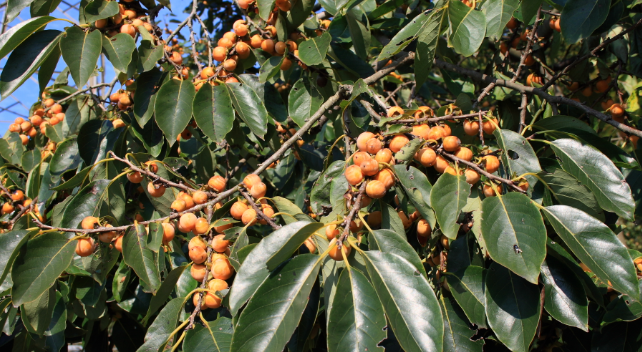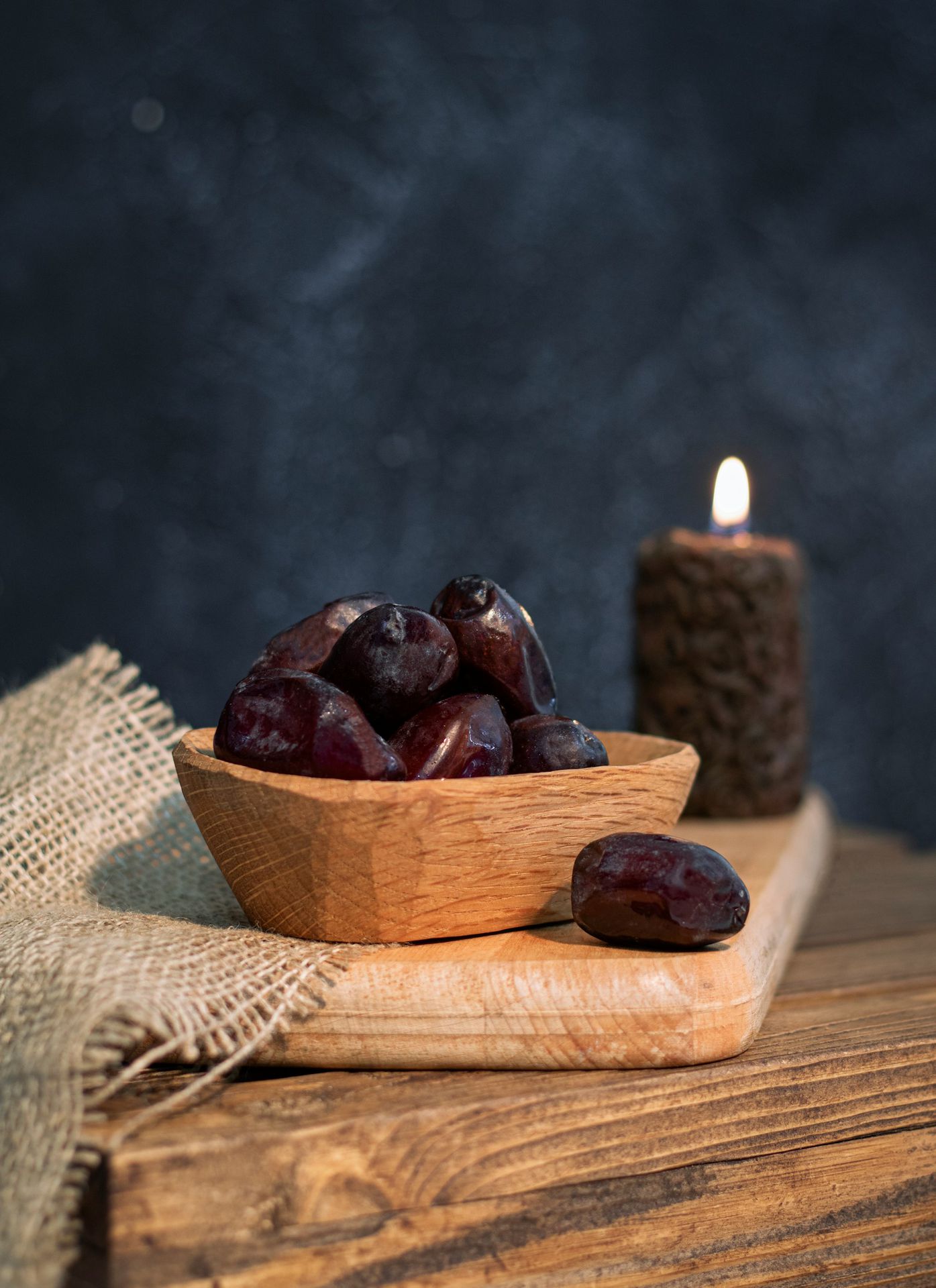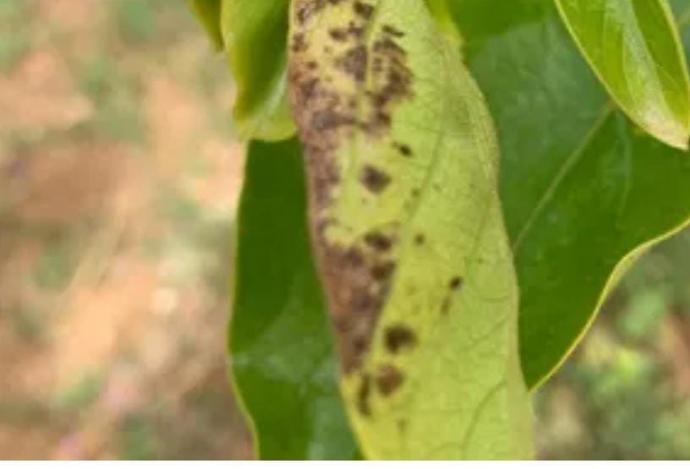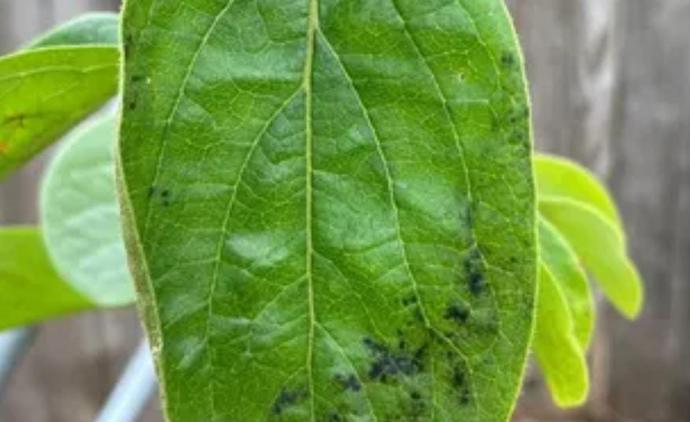Date Plum
Date plum trees, 20-30 feet in height and thriving in Zones 6-9, prefer well-drained soil and full sun for moderate growth. They produce date-like fruits that are edible and have a sweet taste.

Habit
Tree
Height
4 to 6 m
Growth
Moderate
Soil
Well-drained, sandy loam
Shade
Full Sun
Moisture
Moderate
Edible
Yes
Medicinal
Yes
Origin
Asia
Climatic Condition
Subtropical, temperate
Temperature (°)
10 to 30
Humidity (%)
50 to 80
Potting media
Loamy soil mix
Fertilizers
High phosphorus, organic
Watering
Moderate watering
Plant Weight
50 to 100 g
Flowering Time
Summer
Soil Ph level
6.0 to 7.5
Water Ph level
6.0 to 7.5
Soil EC
0.3 to 1.2
Yield Per Plant
200 kg.
NPK ratio
5:05:05
life Span
50 to 100 years
Health Benefits
Rich in antioxidants, improves digestion, heart health benefits.
Suggested Grow Media or Potting Mix ?
50% loamy soil, 30% compost, 20% sand
Suggested Fertigation/Fertilizers
Fertilize in early spring with a balanced, slow-release fertilizer.
Common Diseases and Remedies
black spot, brown spot
black patches , brown , defoliation.
neem oil ,pruning
HEALTH BENEFITS
- Supports Digestion: High fiber helps prevent constipation.
- Rich in Antioxidants: Contains vitamin C and polyphenols.
- Energy Boosting: Natural sugars provide quick energy.
What Is An Date plum Tree?
The persimmon tree (Diospyroshus) is a small deciduous tree that reaches a height of 15 to 30 meters. It has gray-green bark, glossy dark green leaves, and small oval flowers that bloom from June to July. When ripe, the fruit becomes a yellow berry 1 to 2 cm in diameter. The fruit has a sweet, rich taste and can be eaten raw, cooked, or dried like dates.

What Are The Different Types Of Date plum Plants?
Date palms are classified into three main variety groups:
1. Soft
These include Barhee, Halawy, Krawy, and Medjool.
2. Semi-Dry
This includes Dayri, Deglet Nour, and Zahdi.
3. Dry
Contains Tory

How to care for Date plum Plants ?
1. Location
Date palms grow best in arid and semi-arid regions. It tolerates high temperatures, long hot summers, and little rainfall.
2. sunlight
Place the date palm in a warm place with direct sunlight.
3. Hydration
Water date palms thoroughly and regularly, especially during the spring and fall growing seasons.
4. Soil
Date palms grow best in well-drained sandy or loamy soils with a slightly acidic to neutral pH (6.0 to 7.0). Keep the soil moist but not soggy in spring and fall.
5. Nutrition
Feed date palms with manure or packaged palm fertilizer in late winter or early spring.

6.Issues
These include potato beetles, date palm moths, palm weevils, and other pests. Without proper control, these pests can cause more than 50% crop loss.
Disease:Brown spot: An infection that causes brown spots or spots on plants.
Black Spot: An infection that causes black spots or spots on the leaves.
What are the Benefits of Date plum Plants ?
Dates are rich in vitamins, minerals, phenolic acids, carotenoids, and flavonoids. These act as antioxidants and protect the body from free radical damage.

FAQs About Growing Date plum
1.What does date-plum taste like?
Date-plum trees taste like a combination of dates and plums. The fruits can be eaten raw, cooked, or dried like dates.
2.What are some other names for date-plum trees?
Date-plum trees are also known as Caucasian persimmon, Lilac persimmon, and False Lote tree.
3.When to pick date plums?
Date plums ripen in two colors: orange-yellow and purple. When picking, choose fruits that are darker and mushy to the touch.
4.How do I care for a date-plum tree?
Date-plum trees are rare houseplants that need regular watering. They should be placed less than one foot from a window and prefer long-lasting, direct light.
5.What is the habitat of date plum?
The tree grows in the lower and middle mountain zones in the Caucasus. They usually grow up to 600 m above sea level.

